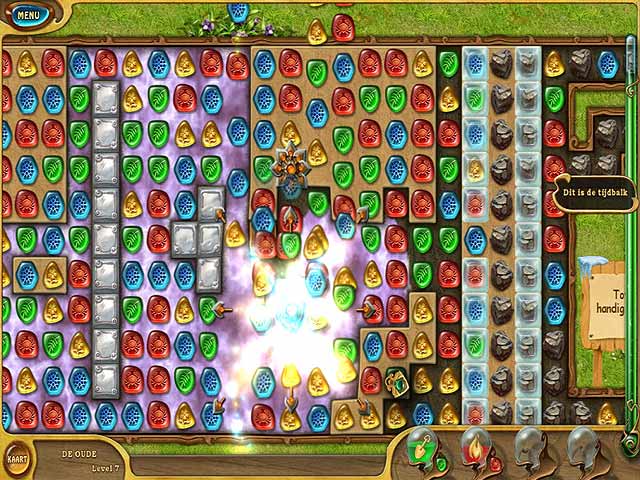

Ĭurrently available commercial software for VP creation can be expensive and inflexible patient journeys tend to be linear and only tutors skilled in programming can expand on core content. Gamification is a technique that can enhance VP scenarios by using reward theory and swift feedback to encourage user engagement. VPs can also incorporate concepts such healthcare resource utilisation and longitudinal patient care.
GAME 4 ELEMENTS II PROFESSIONAL
VP games may also offer the opportunity to engage in aspects of wider patient care such as professional collaboration and clinical prioritisation. has suggested VP simulations perform at least as well in conferring knowledge to students compared to traditional teaching methods and may be superior in terms of improving clinical reasoning. A recent meta-analysis by Kononowicz et al. Virtual patients (VPs) simulate aspects of clinical practice using methods that can vary from high fidelity software and manikins to simple case presentation. We were keen to give our senior clinical students a more authentic experience of multi-morbidity and polypharmacy while exploring the management of diabetes emergencies. The learning material originally focussed on diabetes acute care as an isolated problem. Finally, Hickam’s dictum states that patients can have more than one simultaneously occurring pathology. Common factors that will be of importance in a healthcare setting are time limitations and interactions with patients and other healthcare professionals and it would be prudent to immerse the students within this environment as much as possible. Situated cognition theory proposes that how individuals think in real world situations depends not only on their acquired knowledge but also the interaction with the environment they are working within. Secondly, the learning material was isolated from what the students would experience in their clinical practice.

Firstly, we know that a quarter of students did not utilise any online material and therefore aimed to seek ways of improving this. Although this approach was generally well-received, there were several factors that prompted an attempt to improve the material. Students are given asynchronous access to online learning material, consisting of eight microlectures and a single based answer multiple choice quiz. Our medical school has taught diabetes acute care to undergraduate medical students using a remote online learning approach for several years. This rapidly enforced shift to online content occurred at a time that many educators may had greater clinical workloads. Face-to-face contact with patients has also been limited, with reduced clinical exposure for medical students. In-person lectures and tutorials have been rapidly replaced with asynchronously accessed online material due to physical distancing measures. The COVID-19 pandemic has enforced a paradigm shift in the delivery of medical education. A blueprint with supporting instructions has now been created to facilitate rapid creation of further games using Twine software. The package of online material led to statistically significant increases in confidence and knowledge in diabetes acute care outcomes. Our VP games were well-received by students and promoted engagement with online material. 73 students provided feedback on the VP games they had played, with the majority of median responses being “agree” on positive usability and acceptability statements. 68% of students who returned surveys used at least one VP game. Resultsġ22 of approximately 270 eligible students provided information on resource utilisation, with 96% of these students using at least one online resource. The entire online package was evaluated at Kirkpatrick Level 2 with pre- and post-course multiple choice and confidence questions, with statistical analysis performed using paired t-tests. The games were evaluated at Kirkpatrick Level 1 with an acceptability and usability questionnaire. Online material included three VP games, eight microlectures, and a single best answer multiple choice question quiz. Three games were developed using Twine, Wacom Intuous Pro, Autodesk SketchBook, Camtasia Studio, and simulated patients. We evaluated the incorporation of Twine virtual patient games into a diabetes acute care online learning package for undergraduate medical students at the University of Glassgow, Scotland.
GAME 4 ELEMENTS II FREE
Twine is an open-source software that can be used to create intricate virtual patient games, including elements like non-linear free text history taking and time-related changes to the game’s narrative. Virtual patients provide a safe way to simulate authentic clinical practice.


 0 kommentar(er)
0 kommentar(er)
